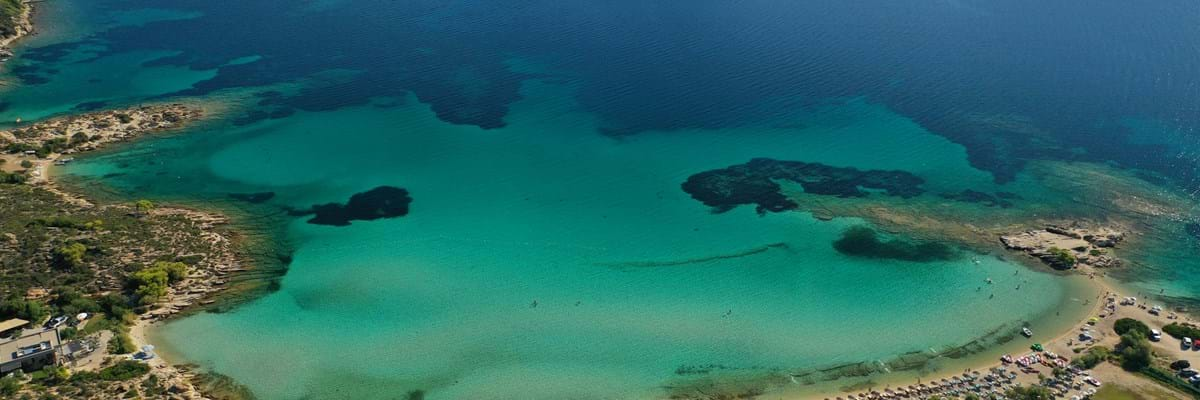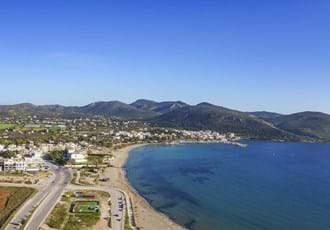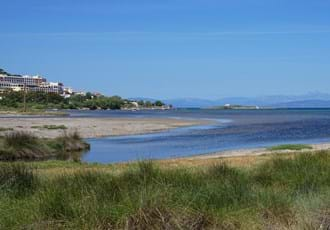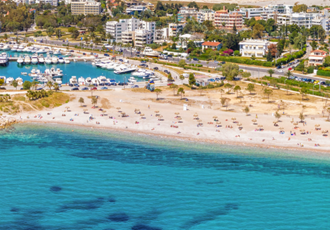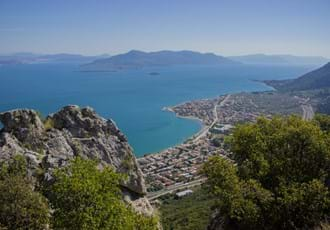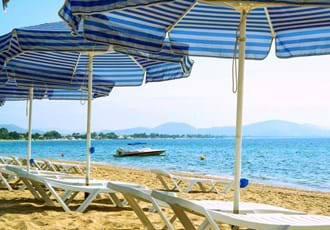Have you been torn between visiting the attractions of a major European city and relaxing on sun drenched beaches? You don’t need to be! The Athens Riviera combines the wonders of a vibrant city with an unbeatable history all just a bus ride from some of Greece’s most idyllic and glamorous beaches.
Despite being a popular getaway spot for Athenians to escape the summer heat of their city, the sheltered 55km (34 miles) Athenian coastline is relatively tourist free, at least for now.
Just a 20-minute journey by car from the city centre (45 inexpensive minutes by tram) will bring you to Glyfada, the ‘Gateway to the Riviera’. It’s packed with high end stores, city beaches, hip restaurants, lively bars and clubs. Glyfada is the Athens suburb everyone wants to move to.
The coastal tram line installed for the 2004 Olympics, provides a cheap and easy way to travel between the coast and the city. The last tram stop is at Voula - but the Riviera doesn’t end there.
Continue south along the interesting Saronic Gulf coast and the crowds begin to dwindle and the more lovely the beaches become. You can still find beach bars and organized sun loungers and sun umbrellas in the resorts of Vouliagmeni or Varkiza but you can also seek out a quiet cove and maybe even claim it as your own for a while.
By the time you reach the southernmost point, at Cape Sounion, the urban sprawl is long gone and replaced by the kind of idyllic, palm-fringed coastline more often seen on Greek islands.
Marble columns in the Temple of Poseidon at Cape Sounion, create a spectacular sight and provide a 2,500-year link between Ancient Greece and 21st century mythology. Fans of Percy Jackson, fictional demigod star of books and films, was said to be Poseidon’s son. Fans flock to the Cape as they trace their hero’s stories.
The Athens Riviera is not without other cultural and historical attractions too: open air theatres, 5th Century BC temples, the beautiful Stavros Niarchos Park, marinas, spas, a technological and culture park and even a floating museum.



